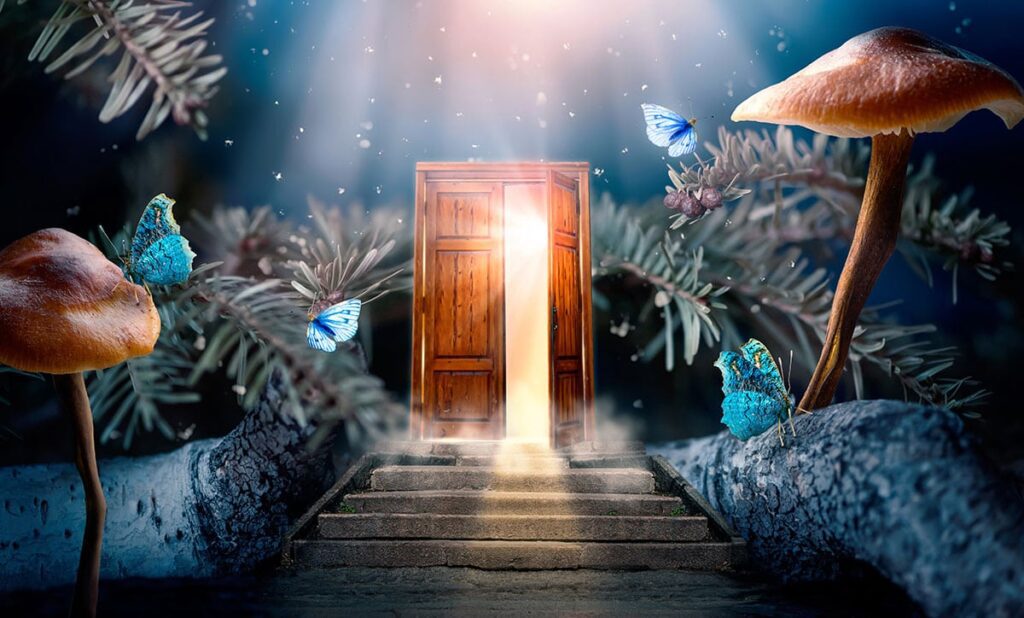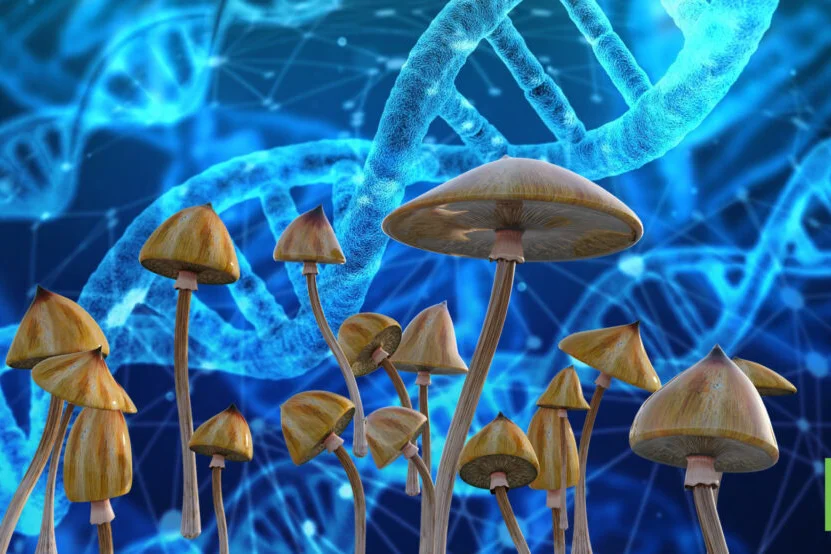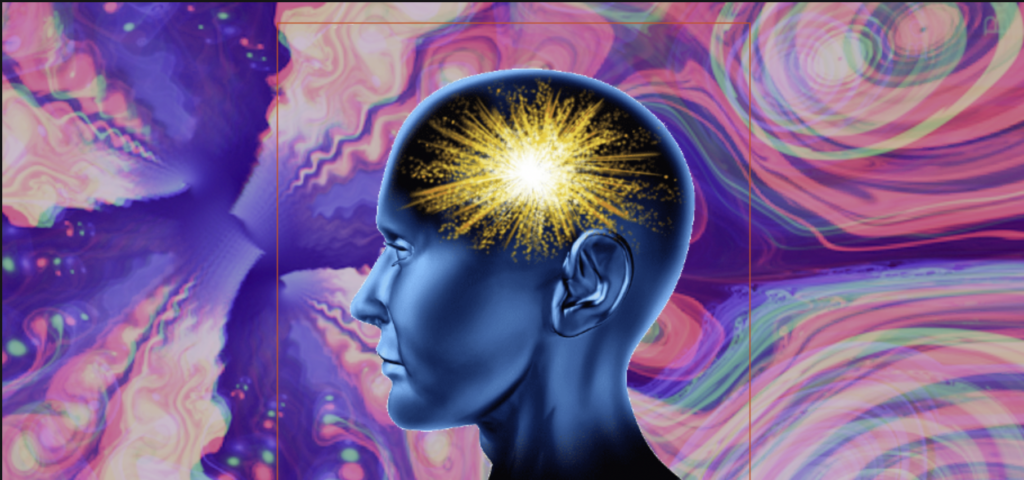
Psychedelic mushrooms, commonly known as “shrooms,” contain compounds like psilocybin that induce profound alterations in perception, mood, and cognition. As their popularity rises amidst the resurgence of interest in psychedelics for therapeutic purposes, understanding the experience of a shroom trip becomes increasingly relevant. In this article, we will explore the stages of a shroom trip, its psychological effects.
The Phases of a Shroom Trip
A typical shroom trip encompasses several stages, each characterized by distinct experiences and sensations. While individual responses may vary, the general progression can be categorized into three key phases: onset, peak, and come-down.
1. Onset (15-60 minutes)
The onset of a shroom trip typically occurs within 15 to 60 minutes after ingestion, depending on factors like dosage, individual metabolism, and whether the mushrooms were consumed on an empty stomach. This phase may include:
– Physical Sensations: Users often report an initial awareness of bodily changes, such as tingling sensations, numbness, or mild nausea.
– Visual Distortions: Subtle changes in visual perception can occur, including enhanced colors, light trails, and the movement of patterns.
– Emotional Shifts: Anticipation may build, accompanied by feelings of excitement or anxiety regarding the upcoming experience.
2. Peak (1-3 hours)

The peak of a shroom trip is where the experience intensifies and reaches its most profound effects. This stage can last from one to three hours and is often characterized by:
– Altered Perception: Users may experience significant changes in visual and auditory perception. Colors may appear more vibrant, and sounds may seem distorted or magnified. Hallucinations can occur, where users see or hear things that aren’t there.
– Ego Dissolution: Many users report a feeling of merging with their surroundings or losing their sense of self. This phenomenon, known as ego dissolution, can provoke both spiritual insights and existential anxiety.
– Enhanced Emotional States: Emotions can become heightened during this phase. Joy, euphoria, and mystical experiences are common, but so are feelings of fear and paranoia, especially in unprepared or unsupervised settings.
3. Come-down (2-6 hours)
As the effects begin to wane, the come-down phase may last anywhere from two to six hours. During this time, individuals often experience:
–Physical Relaxation: Users frequently report a sense of physical exhaustion and relaxation as their bodies return to a normal state.
–Reflection and Insight: Many people find themselves reflecting on their experiences, often feeling they have gained new perspectives on personal issues or life in general.
–Afterglow: Following the trip, individuals frequently report feelings of peace, heightened creativity, or an enhanced appreciation of their surroundings—an effect often referred to as the “afterglow.”
Psychological Effects of Shroom Trips

Psychedelic experiences are complex, and the psychological impact of shroom trips can manifest in various ways:
–Therapeutic Potential: Recent research suggests that psilocybin may benefit individuals suffering from mental health issues, such as depression, anxiety, and PTSD. Anecdotal evidence and preliminary studies indicate that guided trips can lead to lasting positive changes in mood and perception.
–Creativity and Problem Solving: Users have reported enhanced creativity and unconventional thinking during and after shroom trips, which may benefit artistic and problem-solving tasks.
After the journey
Be gentle with yourself. A mushroom trip can be a really big experience. It’s normal to feel uncomfortable afterward. Make time for practices and activities that are nurturing, grounding, restorative and supportive. This is called aftercare, and doing it can help ease your transition back into the world of consensus reality.
Psychedelic trips can be sacred experiences. Doing some integration afterward. Integration is examining your journey experiences and finding ways to weave new insights into your day-to-day life to keep them alive as you move through the world. What would you like to bring back from the experience? You get to decide how you want to put yourself back together.
Conclusion

Shroom trips are transformative experiences that facilitate profound changes in consciousness and perception. As research continues to uncover the therapeutic potential of psychedelics, understanding what happens during these trips provides essential insights into their impact on the mind and body. As interest in psychedelics grows, it is crucial to promote responsible use and informed dialogue surrounding these powerful substances.





